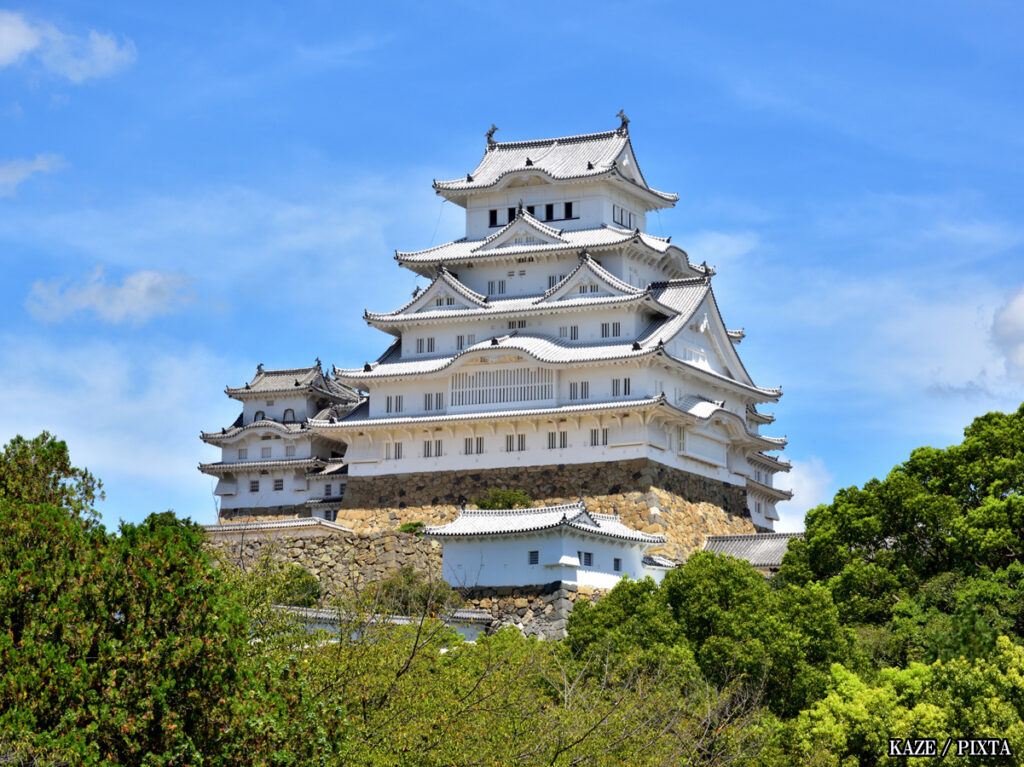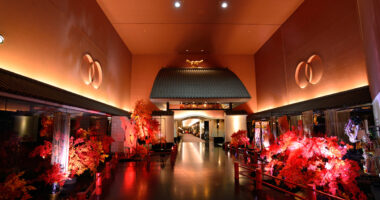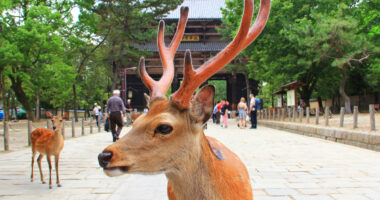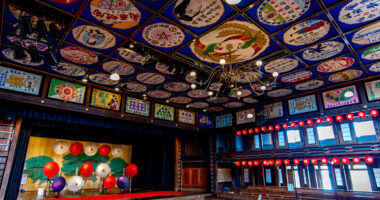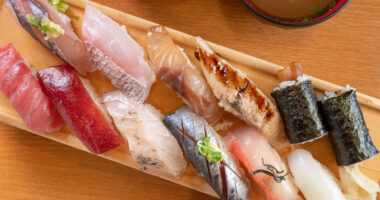Perched on a hilltop of Hyōgo Prefecture, Himeji Castle rises like a white heron poised for flight—elegant yet formidable. At first glance, it mesmerizes with its gleaming white walls and graceful tiered roofs, drawing millions of visitors each year. However, behind this captivating exterior lies an architectural wonder that transcends beauty, a masterpiece of defense and structural ingenuity.
This article dives deep into the architectural complexity of Himeji Castle, from its multi-layered defensive systems to the fire-resistant materials and earthquake-resilient design. For international tourists fascinated by historical fortifications and for architecture enthusiasts curious about the genius of Japanese castle defensive architecture, Himeji offers a case study that is as instructive as it is inspiring.
- An architectural labyrinth: the genius of 83 interconnected structures
- White walls with a purpose: aesthetic and defensive harmony
- Pathways of confusion: the maze that defeated armies
- Strategic openings: loopholes and murder holes
- Gate after gate: slowing the siege
- Invisible defenses: the role of elevation and sightlines
- The wooden main keep: a seismic-resistant marvel
- A castle that outsmarted time: maintenance and restoration
- What sets Himeji Castle apart? a comparison with other Japanese castles
- Why Himeji Castle matters today: lessons from the past
- Conclusion
An architectural labyrinth: the genius of 83 interconnected structures
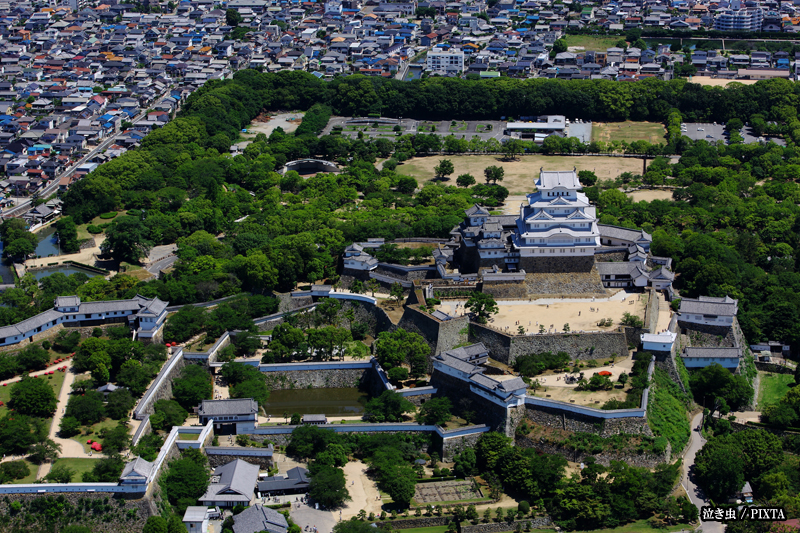
Photo for illustrative purposes
Unlike many castles that present a single imposing structure, Himeji Castle is a sprawling complex of 83 interconnected buildings, including gates, corridors, storehouses, watchtowers, and keeps. These structures aren’t simply clustered; they’re arranged with precise intent to create a functional maze designed to confuse, slow, and expose intruders.
Each building serves a unique tactical or structural role. For instance, yagura (turrets) act as lookout points and arsenals, while long watari-yagura (connecting corridors) ensure secure passage for defenders. The architecture thus creates a dynamic defense-in-depth strategy, with multiple fallback positions and redundant escape routes for those inside.
This strategic disorientation is a hallmark of Japanese castle defensive architecture, and nowhere is it executed with more mastery than at Himeji Castle.
White walls with a purpose: aesthetic and defensive harmony
One of the most distinctive visual features of Himeji Castle is its brilliant white exterior, which earned it the nickname Shirasagi-Jō (White Heron Castle). While many are drawn to this aesthetic beauty, only a few people realize its defensive implications.
The walls are coated in a white plaster made from slaked lime, a material specifically chosen for its fire-resistant properties. In a time when arson was a common wartime tactic and when most structures were wooden, this choice was both innovative and essential.
Here is a breakdown of wall features with their functions.
| Wall Feature | Function |
|---|---|
| White slaked lime plaster | Fire resistance, weatherproofing, visual intimidation |
| Stone foundations | Earthquake protection, elevation for defense |
| Clay tiles | Weather durability, impact deflection |
Pathways of confusion: the maze that defeated armies
What makes Himeji Castle a standout among its peers is not just its beauty but the deliberate maze-like pathways that lead to the main keep. This wasn’t poor planning; it was a highly calculated form of defense. The paths are narrow, uneven, and designed with sharp turns, blind alleys, and false gates just so an advancing enemy force would be forced to slow down, regroup, and often lose orientation—all while being bombarded from above.
This layout is part of what makes Himeji Castle’s structural design so remarkable. Rather than relying solely on size or height, the architects leveraged psychology and spatial manipulation, using the space as a weapon.
Strategic openings: loopholes and murder holes
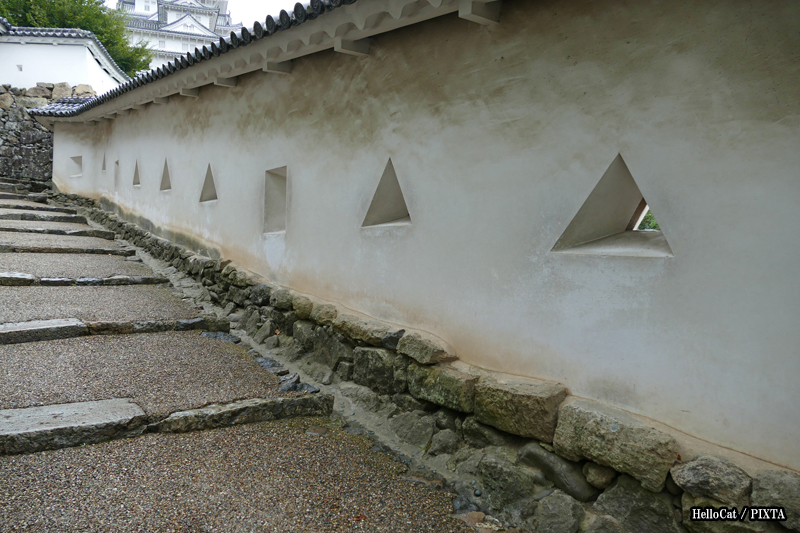
Photo for illustrative purposes
One of the most ingenious features of Japanese castle defensive architecture is the use of sama (loopholes), and Himeji Castle utilizes these to perfection. These small openings appear as squares, circles, triangles, or rectangles cut into the walls and turrets. Their varying shapes weren’t decorative; they were designed for firing arrows, dropping stones, or pouring boiling oil on invaders.
Let’s have a look at how each of these uniquely shaped openings served specific defensive purposes.
- Rectangular holes: best for rifles and matchlocks
- Circular or triangular holes: ideal for arrows
- Murder holes in ceilings: used for surprise vertical attacks in confined spaces
By tailoring the shape of these openings to their function, the defenders maximized effectiveness and minimized vulnerability. This multi-dimensional strategy exemplifies how form and function merge in the best examples of Japanese castle defensive architecture.
Gate after gate: slowing the siege

Photo for illustrative purposes
Adding another layer to Himeji Castle’s defensive genius is the use of multiple sequential gates. This means the route from the outer gate to the main keep isn’t straightforward. Invaders had to pass through 21 gates. These weren’t simply barriers to be battered down. Each gate was deliberately spaced and angled to control the flow of attackers and expose them to defenders.
Many gates, such as Hishi-no-mon, Bizen-no-mon, and Ha-no-mon, are arranged at sharp angles, forcing invaders to turn corners or double back into open courtyards. This maneuvering slowed their progress significantly, making them vulnerable to projectiles launched from above or through strategically placed openings in the walls.
What’s more, each gate became a micro-battlefield, where defenders could hold their ground while others prepared the next stage of defense. Narrow passages and raised thresholds made it harder to charge en masse, allowing just a few soldiers to hold off larger forces. In this way, the gates weren’t just physical obstacles; they were tactical choke points.
Invisible defenses: the role of elevation and sightlines
Beyond its physical structures, one of the castle’s most underrated yet impactful defenses is its masterful use of elevation and controlled sightlines. Himeji Castle was constructed on Himeyama Hill, which gives it a natural height advantage over the surrounding landscape. This elevation not only amplified its visibility, making it a powerful symbol of authority, but also allowed defenders to monitor and prepare for threats long before they reached the gates.
The designers took full advantage of this height, aligning walls, turrets, and gates in such a way that defenders had nearly uninterrupted lines of sight across the approach paths. Attackers, on the other hand, would have limited visibility, often unable to see the next gate or opening until it was too late. This one-sided visual control worked in tandem with the architecture’s physical maze, creating a sensory disorientation that extended beyond just direction. It affected confidence and timing.
Therefore, in effect, the castle didn’t just force invaders to struggle physically; it undermined their tactical awareness. Such use of spatial perception and visibility is a subtle but powerful aspect of Himeji Castle’s overall defensive philosophy.
The wooden main keep: a seismic-resistant marvel
While much of the castle’s defense is in its layout and walls, the towering six-story tenshu (main keep) is a marvel of wooden engineering, especially in a country prone to earthquakes. Unlike stone towers in European castles, Japanese keeps were built using interlocking wooden joints that can flex with seismic movement. The main keep of Himeji Castle is built on a massive stone foundation, but its superstructure is entirely wooden, designed to sway rather than snap during tremors.
| Feature | Purpose |
|---|---|
| Interlocking joints | Flexibility during seismic activity |
| Central pillar (shinbashira) | Structural balance and vibration absorption |
| Wooden floors and ceilings | Lightweight materials reduce collapse risk |
Himeji Castle has withstood centuries of natural disasters, including the massive 1995 Great Hanshin Earthquake with minimal damage. In this sense, it stands as one of the most enduring examples of seismic-resistant Japanese castles.
A castle that outsmarted time: maintenance and restoration
Himeji Castle’s survival is not just due to ancient engineering but also to a commitment to regular maintenance and expert restoration. Over centuries, many castles fell into ruin or were rebuilt in concrete, but Himeji Castle’s restorations have preserved its original materials and techniques.
The most recent major restoration, completed in 2015, involved:
- Repainting the white plaster walls
- Replacing damaged roof tiles with handcrafted clay tiles
- Stabilizing foundations using traditional methods
According to the Japan Agency for Cultural Affairs, “The work prioritized historical integrity and used craftsmen trained in Edo-period construction techniques.” This approach underscores the commitment to preserving the castle’s authenticity and historical significance.
This careful preservation allows modern visitors to witness the original genius of Himeji Castle’s structural design, not a reproduction but a living artifact.
What sets Himeji Castle apart? a comparison with other Japanese castles
To appreciate Himeji Castle fully, it helps to compare it with other famous Japanese castles, each with its own strengths and limitations.
| Castle | Key Feature | Unique Element |
|---|---|---|
| Himeji Castle | Defensive labyrinth, seismic-resilient keep | 83 buildings with maze-like approach routes |
| Matsumoto Castle | Black exterior for intimidation, flatland castle | Lacks natural elevation, relies on moats |
| Osaka Castle | Massive stone walls, urban center location | Rebuilt using modern materials |
| Kumamoto Castle | Volcanic stonework, impressive towers | Suffered damage in the 2016 earthquake |
Thus, Himeji Castle stands out not only for its preservation and scale but also for its strategic architectural design. Where others relied more on stone bulk or visual intimidation, Himeji used spatial deception, material science, and adaptive resilience.
Why Himeji Castle matters today: lessons from the past
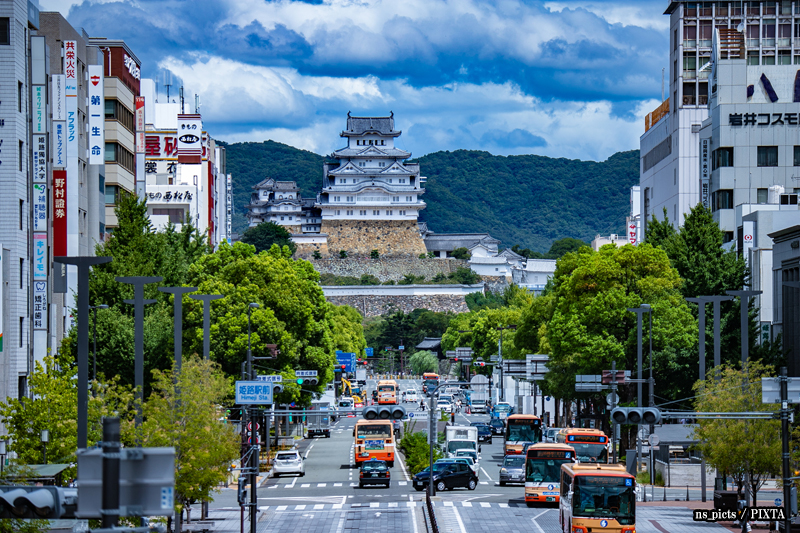
Photo for illustrative purposes
In an era of smart homes and 3D-printed buildings, what can we learn from a 17th-century wooden fortress? Quite a lot, actually. Himeji Castle teaches us that great architecture balances aesthetics, functionality, and adaptability. It shows how builders can work with nature by using flexible wood in a seismic zone or designing fireproof walls in an era of flammability. It also emphasizes how architecture can serve as a form of passive defense, without requiring technology or electricity but only brilliant design.
For modern architects, historians, and tourists alike, Himeji Castle is not just a relic; it’s a blueprint for resilience.
Conclusion
The castle that outsmarted invaders and time!
Himeji Castle stands as a living testament to the brilliance of Japanese architectural and military strategy. More than just an aesthetic marvel, it was crafted through centuries of design innovation with defense and survival in mind.
Its winding paths, fire-resistant walls, and strategic loopholes reflect the collective genius of its creators, who anticipated every challenge posed by invaders and the test of time. For anyone fascinated by history or architecture, a visit to Himeji Castle reveals the ingenuity behind this symbol of strength—a masterful blend of beauty, strategy, and enduring resilience.
Ready to see Himeji Castle for yourself?
At Umami bites, we don’t just decode the genius of Japanese architecture; we help you experience it. Now that you’ve uncovered the brilliant secrets of Himeji Castle’s architecture and design, why not plan your own journey through its winding gates and towering keeps?
It’s time to step into the story yourself! Whether you’re traveling from Osaka, Kyoto, or Kobe, Umami bites will guide you to reach there with ease. From the best seasons to visit to navigating the castle grounds and capturing the perfect photo, our companion guide “Visiting Himeji Castle: Travel Tips and Nearby Attractions” is packed with practical tips for making the most of your trip.
Plus, don’t miss our curated recommendations for nearby sights like Koko-en Garden and hidden gems worth exploring. Have an amazing trip!
